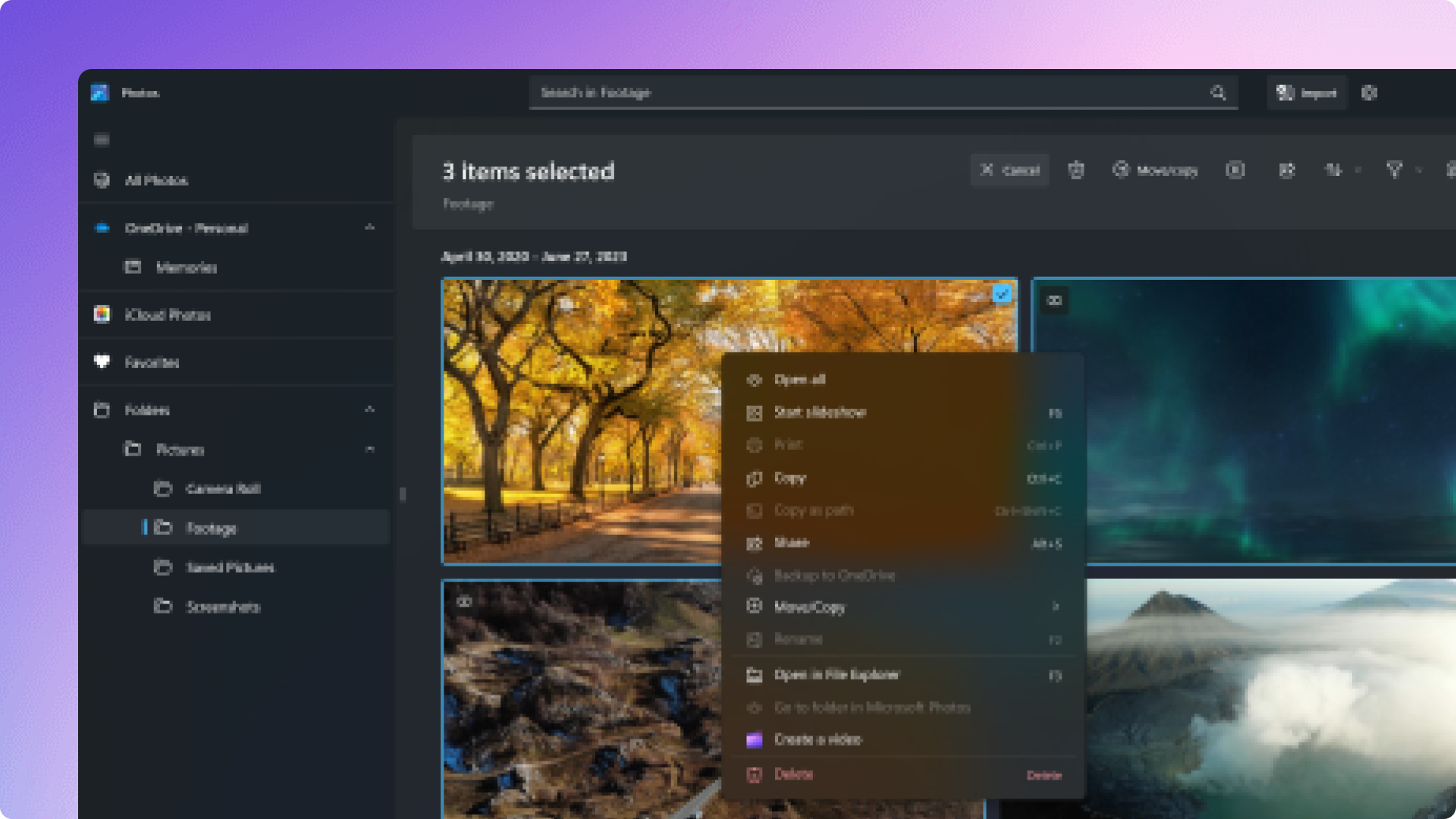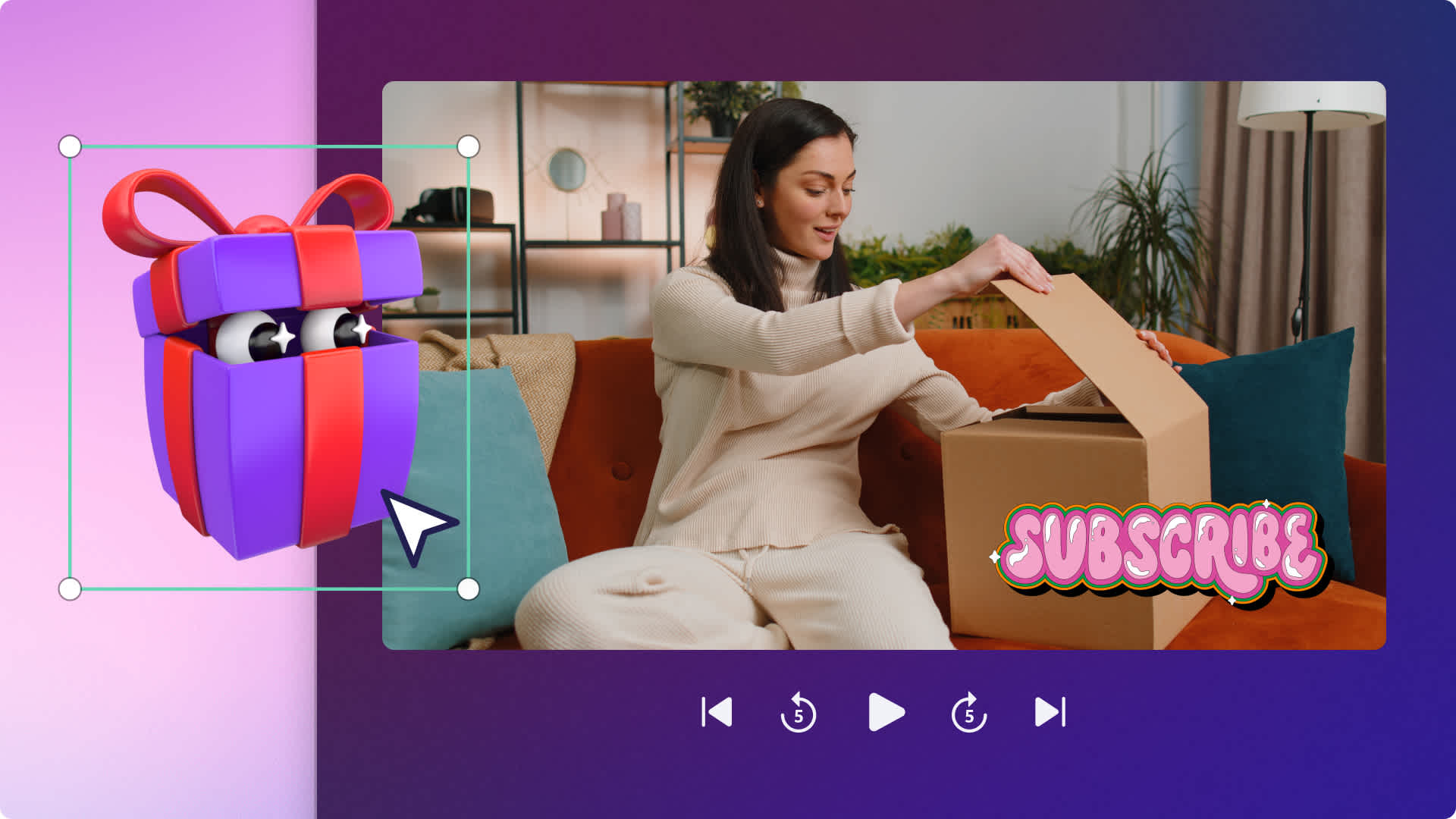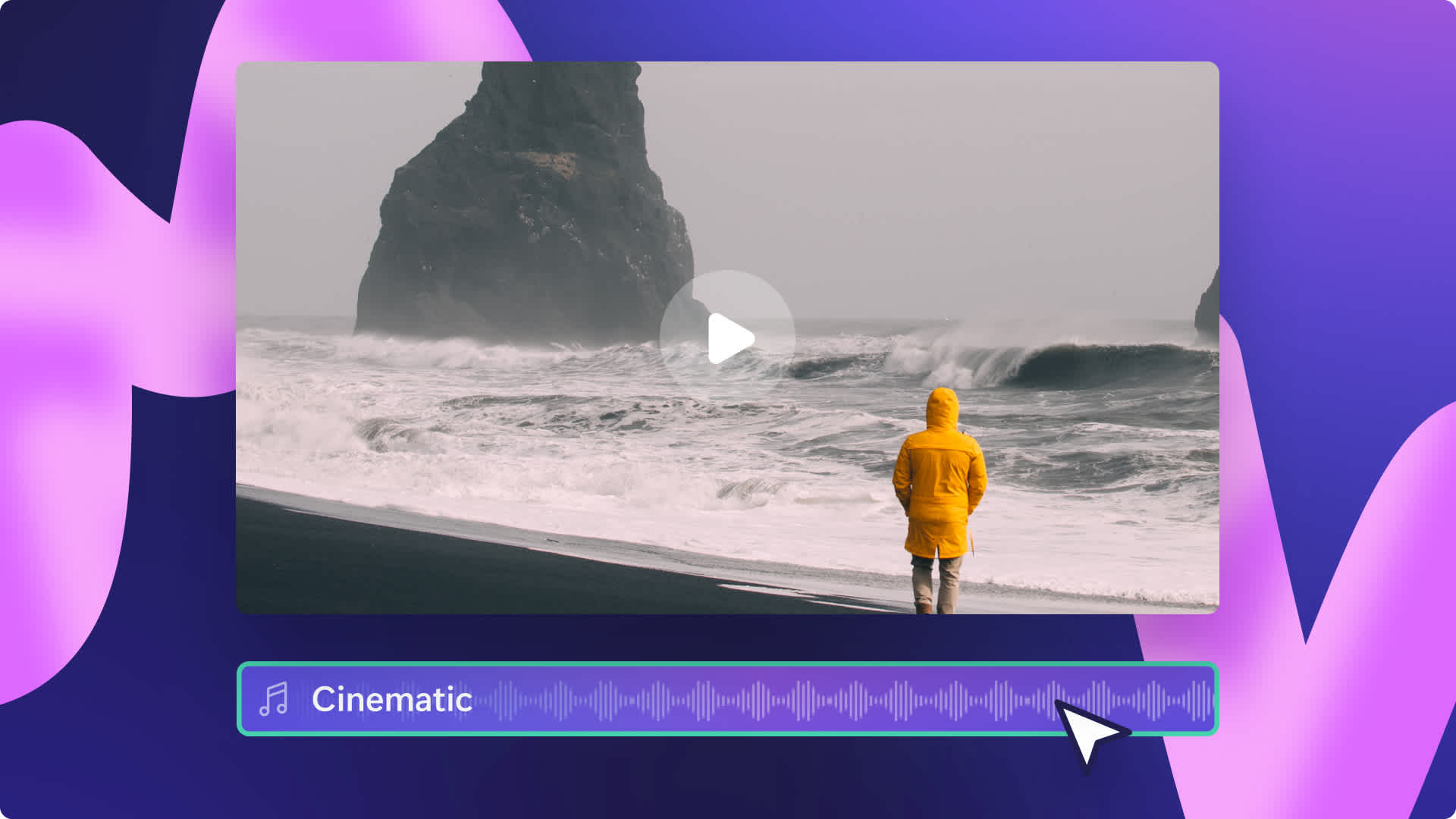On this page

The icon pictured above might be familiar to you. You may search for it every time you’re on a website to see if it can meet your needs. Or maybe you just heard your screen reader recite the alternative text. This could even be the first time you’ve encountered the web accessibility icon.
Much like the IRL icon, which has recently been criticized for its design, the web accessibility icon shows when online content is accessible to people with disabilities. This includes people with vision impairment, people who are hard of hearing, people with reduced mobility, and extends to include members of the neurodiverse community. The Web Accessibility Initiative puts it best when they call web accessibility “essential for some, and useful for all”.
Inclusive web content includes a lot of different elements, from color, contrast, to button sizes, and everything in-between. However, a part that’s particularly relevant to us at Clipchamp, is video. When used correctly, video resources can be excellent communication tools for people with disabilities and the neurodiverse community. While it’s always a work in progress, let’s unpack how video is making a difference right now.
Video is the format of choice
We all know video learning’s popularity is booming compared to other content types, even among neurotypical people. The recent pandemic has seen many institutions turn to video learning, a technique that greatly benefits neurodiverse students and largely generates better outcomes than traditional teaching methods.
Specifically, the interactive nature of videos is proving beneficial for learners of all ages with ADHD and dyslexia. For learners with dyslexia, the combination of aural and visual communication is much easier to consume than written information. Meanwhile, the literal ability to press pause and play, empowers viewers to learn at their own pace.
Captions create inclusive content
Captioning opens the world of video content to the deaf and hard of hearing community. According to the World Health Organization, 5% of the world’s population belongs to this group — that’s a big potential audience.
Did you know captions can benefit people with sight impairments too? Yes, captions can double as written transcripts which you can upload to your website, video descriptions, or even captions on social media. Screen readers, a tool often used by people with sight impairments, can then read these transcripts.
Using Clipchamp’s mobile app, you can record or upload videos and automatically generate captions using speech-to-text technology. You can then share from your mobile device or import the captioned videos into our desktop editor to add your final touches. Check out how a TikToker makes accessible videos using our mobile app.
Text to speech is booming
Text-to-speech voice overs are definitely having a moment right now. They’re popping up in videos all over social media platforms, particularly TikTok. Voice overs improve the accessibility of video content for people with dyslexia or impaired vision, to whom captions aren’t accessible.
Unfortunately for TikTok, no one seems to be a fan of their new text-to-speech voice — some even say they hate it. Why? A number of reasons, including the voice’s robotic tone and its distinctly young, white sound, which isn’t particularly inclusive. Lucky for you, we offer 174 text-to-speech voices, in 70 languages and speed controls. Check out how you can use them to make your videos more accessible below.
Editing details matter
Text and color are two seemingly small choices you make when creating a video, however, their impact can be huge for viewers with a disability. According to Accessibility Oz, using high contrast colors can aid viewers with vision impairments.
Meanwhile, using a sans serif font like Arial or Comic Sans, in sentence case, and in size 12 or above, makes reading easier for viewers with dyslexia. There’s even a font specifically designed to make reading easier for these viewers called Dyslexie.
Finally, if your video is on the longer side, opt for clear transitions and titles. These support neurodiverse viewers with information intake by clearly presenting the information and offering placeholders for viewers to pause, take a break, and return to learning at their own pace.
It’s time to start creating inclusive content
Like we said, web accessibility is a work in progress. Thankfully, it looks like video editors like Clipchamp, and video creators alike are putting the work in. We hope you’ve learned something about how you can use video to improve the accessibility of your video content. It’s essential that we make accessible, inclusive content our new norm.


